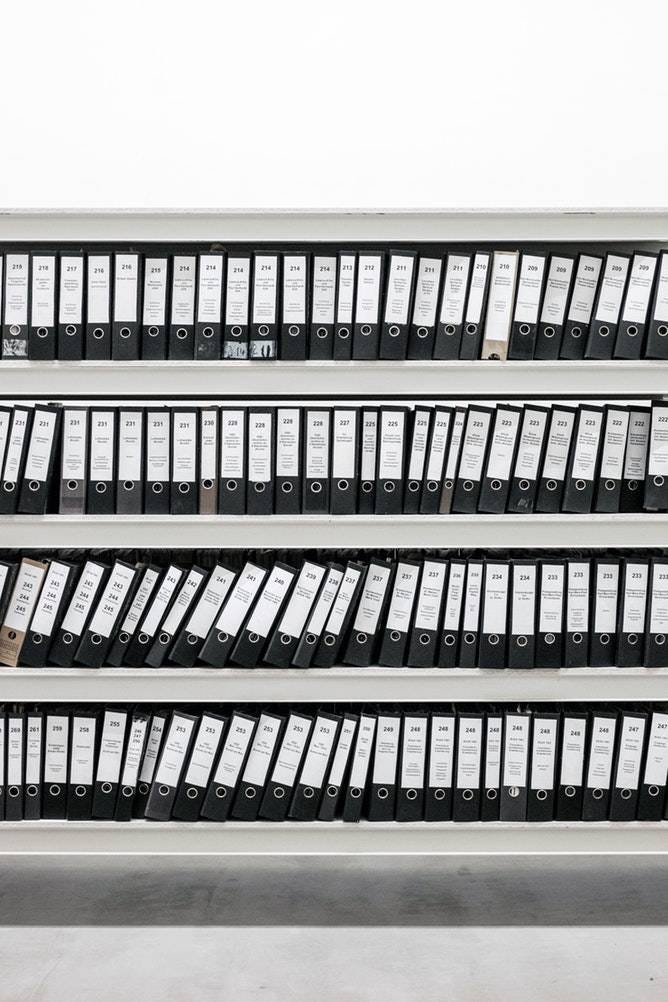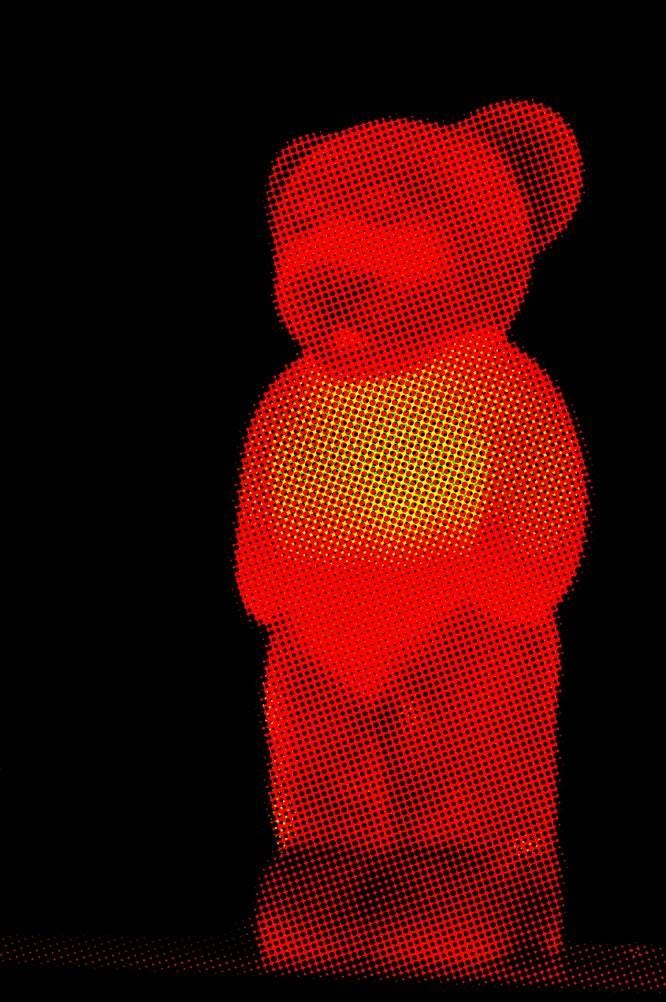USING BLOCKCHAIN TO AUTHENTICATE ART
Article by Milica Jovic of Art Acacia Gallery & Advisory
Recently, we talked about the problem of art authenticity and the great forgery scandals that shook the art world. While art forgery is a persistent problem since the Renaissance, it seems that now there’s a new technology that can put an end to it, once and for all. Blockchain art provenance is a technology that’s reinventing art provenance, adapting it to the new digital age and new forms of art.

But What Is Blockchain Art Provenance Exactly?
In order to determine the authenticity of a work of art, many art galleries and auction houses rely on provenance. Provenance is basically the list of transactions that shows how an artwork switched hands from one owner to another, tracing it back to the original owner — the artist. Gallery bills, exhibition records, auction records, shipping labels or dealer stamps are often used to trace the artwork’s origin to its creator and prove that a piece of art is an original. Sadly, it’s not unusual or uncommon for provenance documents to be forged or counterfeited, and fake artworks sold as originals despite all the precautions. During the 1980s and 1990s art dealer John Drewe and his partner John Myatt, faked provenance documents for over 200 forgeries,while in 2016 Eric Spoutz pleaded guilty for selling hundreds of fake American masters pieces accompanied by forged provenance documents.
Realizing the downsides of regular provenance, blockchain technology offers a superior way to track art as it moves from one owner to another. Every time an artist creates a new artwork, he or she can protect it with a digital token. There’s a variety of companies providing token verification to artists out there like Verisartor Monegraph.
After sending a picture of the artwork, or an URL of a digital artwork, with a few simple information like title, dimensions, and date, these companies will provide the artist with a token,which serves as a certification of authenticity. At the same time, the artwork will be added to blockchain. When the artwork is sold, the artist transfers the token to the new owner, alongside an art piece, and this transaction of tokens gets digitally recorded on the blockchain. Every time an artwork is sold, the change in ownership is recorded by adding a new block with the sales data and a time stamp on the blockchain. That way, every sale becomes a part of the permanent record of transactions.
A Safer Way to Authenticate Art
Much like provenance, the blockchain is a ledger, a list of transactions chained together using cryptography. But unlike provenance, this record of transactions is almost impossible to forge since blockchain is decentralized technology. Every time a change of ownership is registered on the blockchain, a large network of computers validates and records the transaction data by solving complex mathematical algorithms.
If one computer tries to temper with these records, other computers in the network would know and reject the change, thus making the records almost impossible to forge. The record of transactions for every artwork can be accessed by following the artwork’s blockchain URL,where you can see exactly how many times an artwork changed hands since its creation and easily trace it back to the artist. If the token associated with the artwork you want to buy originates from the artist’s wallet, that’s an undeniable proof that the artwork is real.

A Comprehensive Database of Origin
The blockchain technology can have vast application in the certification of both existing and new artworks. A living artist can use blockchain to certify his or her own art, while works of deceased artists can be verified and added to blockchain by certification boards. In time, blockchain technology could lead to the creation of one centralized database that could encompass a list of all owners or all artworks ever created. Since the database will be transparent and easy to access, checking the artworks’ authenticity will be possible with just a few clicks.
Blockchain technology can be equally valuable for certifying physical and digital art. The authenticity of physical artworks can be protected by using a chip similar to the one on your ID or passport. The chip holding a private key can be stored on the artwork, with accompanying public key stored on the blockchain. When you scan the chip, it goes through a cryptographic algorithm and affirms that this is the authentic work of art.
Though blockchains can be used to certify any type of art, whether it’s a painting, a sculpture or a photograph, blockchain technology is particularly important for digital art. As a piece of art that exists only in digital space, digital art is easy to steal of the Internet and copy. By associating the digital artwork with a token, an artist is able to protect it from theft and unauthorized use. An artist could sell a digital art piece by simply passing the token to the new owner upon receiving the fund, as a proof of ownership. You can even use blockchain to encrypt the digital file and then use the token as a key to access it. That way only the person who ones the token can get to open the file and view encrypted art.
Blockchain and Art Multiples
Blockchain technology is great for selling digital art multiples as well. An artist can certify a whole series of works by requesting 50 or 100 tokens as certificates of authenticity. This way artists can sell limited edition digital art to multiple collectors by simply transferring one token to each buyer.
Blockchain technology is a game changer for the art world. Not only does blockchain serves as a proof of provenance that allows you to easily trace art back to the artist, but it has a lot of other positive effects on the art world as well. As Steven Buchko from Coin Central noticed “the blockchain art market is best at making middlemen obsolete.” With authentication problem out of the way, artists and collectors can sell their art pieces without turning to auction houses or art dealers, by simply posting their art online and letting token change wallets. Artists will be able tosell their work without the 50% gallery commission, and buyers will be able to buy art from artists or other collectors directly. This means more money for the artists and easier access to art for all. By removing the need for gatekeepers such as dealers or galleries, blockchain technology can greatly contribute to the democratization of the art market and bring some much-needed transparency to the art world.









